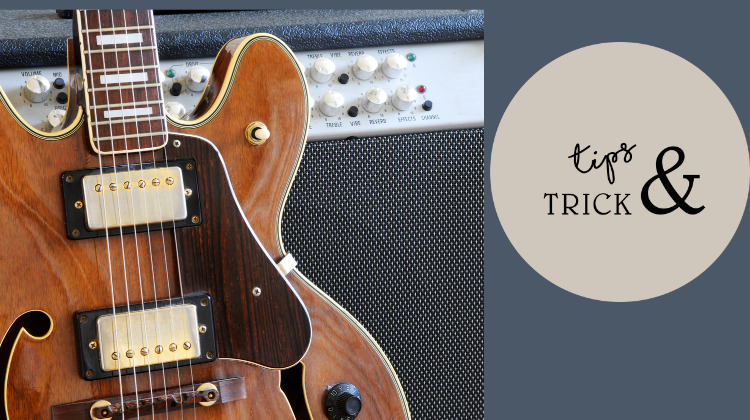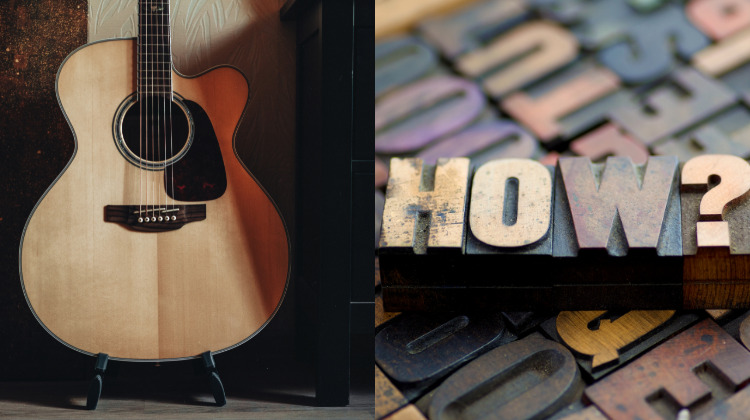Guitars are one of the most popular musical instruments around the world. They are versatile and can be used to play a variety of musical genres, from classical to rock to blues. Making guitars is an art form that requires both technical skill and creativity. In this blog post, we will explore the process of making guitars, from selecting the right materials to finishing the final product.
How to Make Guitars
To make a guitar, you need to select high-quality materials such as strong, durable wood for the body, neck, and fretboard, as well as metal and plastic for hardware and electronics. Once you have the materials, design the guitar, build it by shaping the wood, installing hardware and pickups, and wiring electronics, apply a finish to protect the wood and enhance its appearance, and test and set up the guitar to ensure it plays in tune and is easy to play.
Selecting the Right Materials
The first step in making guitars is selecting the right materials. The most important material is the wood used for the body, neck, and fretboard. The wood should be strong, durable, and have good resonance. The most common woods used for guitars include mahogany, maple, rosewood, and ebony.
Other materials used in guitar making include metal for the frets, hardware, and pickups, and plastics for the pickguard and control knobs. It’s important to select high-quality materials that will stand up to the wear and tear of playing.
Designing the Guitar
Once the materials have been selected, it’s time to design the guitar. This involves deciding on the shape, size, and overall look of the instrument. Some guitar makers choose to stick to traditional designs, while others opt for more unique and custom designs.
During the design phase, it’s important to consider the functionality of the guitar, such as the placement of the pickups and controls. The design should also take into account the player’s comfort and playability.
Building the Guitar
After the design has been finalized, the actual construction of the guitar can begin. This involves cutting and shaping the wood, installing the hardware and pickups, and wiring the electronics.
The neck is often the most complex part of the guitar to build. It must be precisely shaped and fitted to the body, and the frets must be installed at the correct height and spacing.
Finishing the Guitar
Once the guitar has been constructed, it’s time to apply the finish. This involves sanding and polishing the wood, applying a coat of stain or paint, and adding a protective clear coat.
The finish not only protects the wood from damage, but it also enhances the guitar’s appearance. Some guitar makers opt for a natural wood finish, while others choose bold colors or intricate designs.
Testing and Setup
Before the guitar can be sold or played, it must be tested and set up. This involves adjusting the neck, bridge, and pickups to ensure the guitar plays in tune and is easy to play.
The guitar maker may also test the sound quality of the instrument and make any necessary adjustments to improve its tone.

Tips and Tricks
- Use high-quality materials – the quality of the wood and other materials used will affect the sound and durability of the guitar.
- Take your time with the design phase – a well-designed guitar will be comfortable to play and sound great.
- Precision is key – make sure all measurements are precise and accurate during the construction process.
- Choose the right tools – having the right tools, such as saws, sanders, and routers, will make the process easier and more efficient.
- Test and adjust as you go – regularly test the guitar’s sound and playability during the construction process to identify and fix any issues.
- Learn from experienced guitar makers – seek advice and guidance from experienced guitar makers or attend classes or workshops to learn from professionals.
- Practice and experiment – making guitars is an art form, and the more you practice and experiment, the better you will become at creating unique and high-quality instruments.
FAQ
A: The most common types of wood used for making guitars include mahogany, maple, rosewood, and ebony. Each wood has its unique characteristics that affect the sound and appearance of the guitar.
A: The time it takes to make a guitar can vary depending on the complexity of the design, the level of skill of the guitar maker, and the availability of materials. It can take anywhere from several weeks to several months to make a guitar.
A: While some experience in woodworking can be helpful, it is not necessary to have prior experience to make a guitar. However, patience, attention to detail, and a willingness to learn are essential qualities for anyone who wants to make a guitar.
A: Yes, it is possible to make an electric guitar without prior experience in electronics. There are many resources available, such as online tutorials and classes, that can teach you the basics of wiring and installing pickups and other electronic components.
Conclusion
Making guitars is a challenging and rewarding process that requires both technical skill and creativity. From selecting the right materials to finishing the final product, every step of the process is critical to the quality and playability of the guitar. Whether you’re a seasoned guitar maker or just starting, the art of guitar making is a never-ending journey of learning and discovery.
Also read: How Many Types of Guitars Are There

StringBudget is a team of music enthusiasts who started playing with strings and decided to help beginners to master their music skills. Our goal is to provide tips and guides for beginners who are willing to improve their music skills.
We focus on string instruments like guitar, violin, ukulele, and many more. Learning and mastering an instrument is a quite tedious task and our team is working harder to provide the best solutions for beginners to gain confidence over string instruments.

